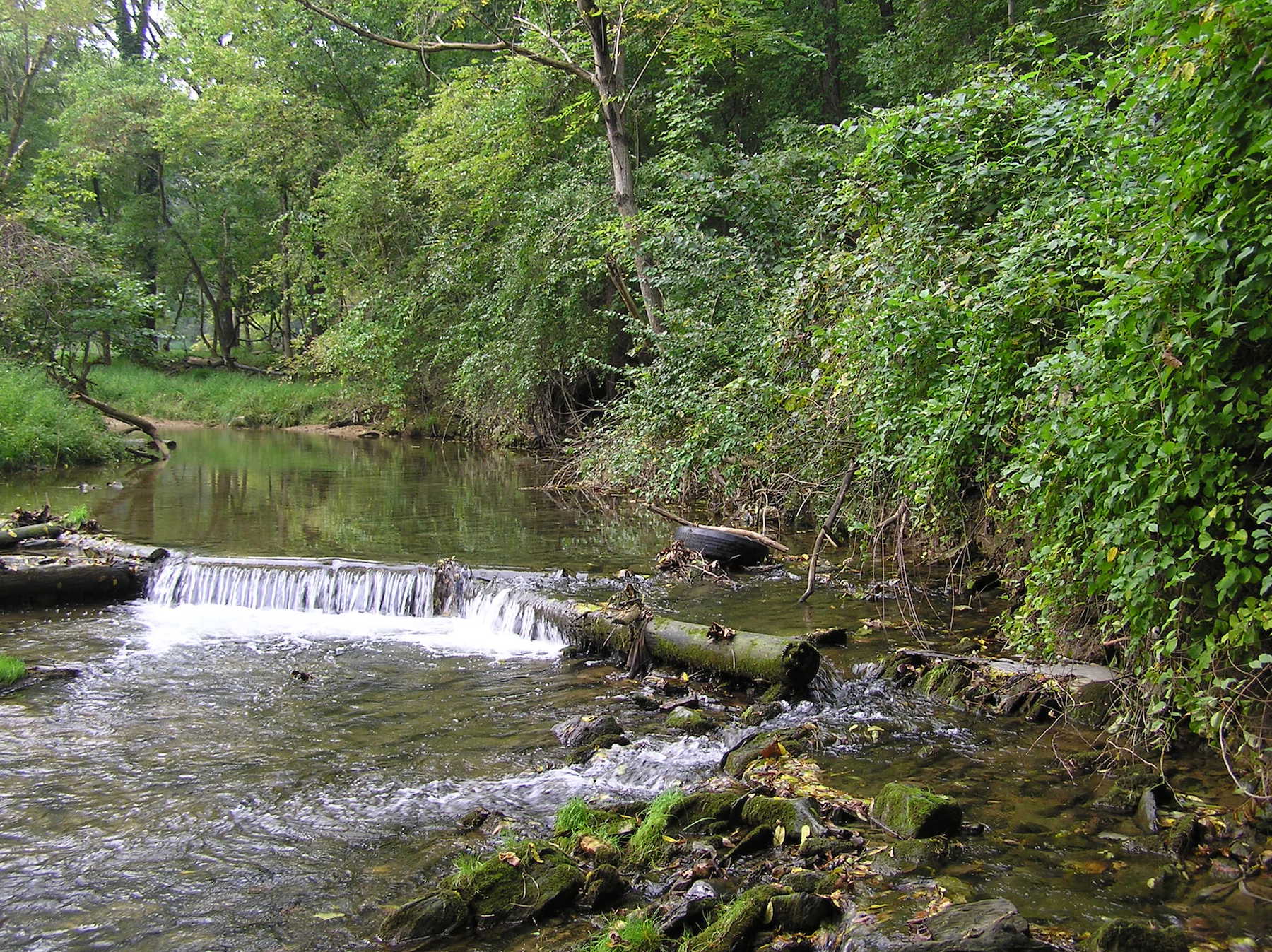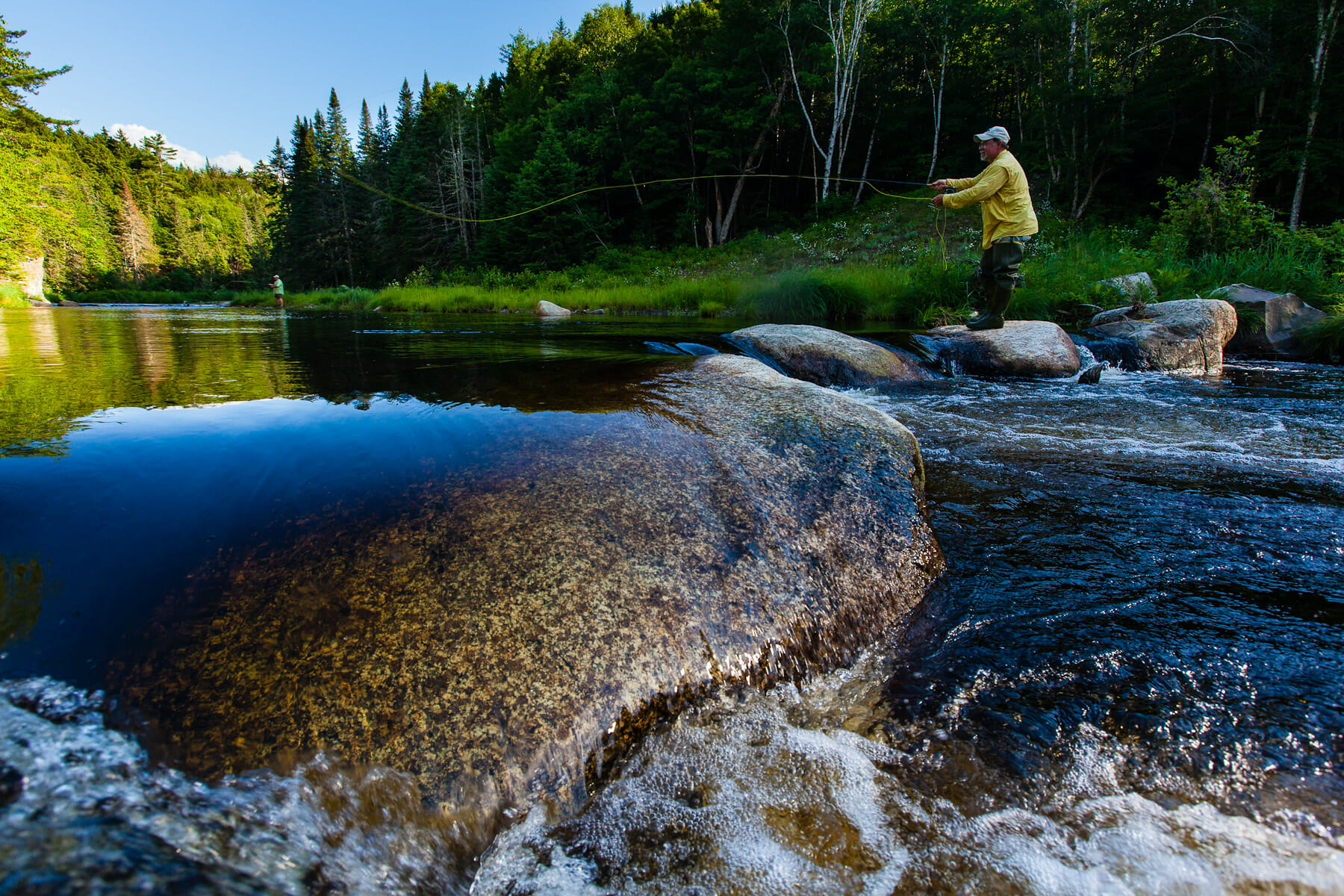Maine’s Cold Stream Forest is one of the hundreds of examples of public lands sites that have benefitted from the Land and Water Conservation Funk. (Jerry and Marcy Monkman photo)
September is #publiclandsmonth
By Corey Fisher
What is the Land and Water Conservation Fund?
The Land and Water Conservation Fund (LWCF) was established by Congress in 1964 with purpose of preserving, developing and assuring access to “outdoor recreation resources as may be available and are necessary and desirable for individual active participation in such recreation and to strengthen the health and vitality.” The fund does this by dedicating a portion of revenues from offshore oil and gas development to further conservation efforts and enhance outdoor recreation opportunities for all Americans. Since 1965, LWCF has invested more than $16 billion into local communities in every state to provide funding for everything from public land acquisitions to developing local outdoor recreation sites. Chances are that if you have spent time outdoors at a fishing access site, state park, local open space or public lands, you’ve directly benefitted from the LWCF
What is the difference between stateside and federal LWCF dollars?
LWCF has two separate and very different pots of money: stateside matching grants and federal acquisition funds.
Matching grants to states and local government can be used for up to 50 percent of the cost for recreation planning, acquisition of lands and waters, and facility development. To be eligible for these funds, a state must have a Statewide Comprehensive Outdoor Recreation Plan, or SCORP, that details the outdoor recreation opportunities within a state, identifies needs for recreation improvements, and develops an implementation program to meet the needs of the state. Stateside grants have been used for everything from community golf courses to state parks to fishing access sites.
On the federal side of the program, these funds are used by the Forest Service, Park Service, US Fish and Wildlife Service and Bureau of Land Management to acquire new public lands and easements. Under this program, state offices identify proposals for parcels available for purchase from willing sellers. These proposals go through a competitive process to determine which are the top priority to be included in the agencies budgets, and then Congress decides on the level of LWCF appropriations for each agency, enabling certain projects to proceed or not.
In this way, LWCF is not a slush fund for buying land. Instead, it is a legislative process in which land management agencies bring proposals to Congress to consider. Notably, the need far outstrips the annual appropriations, leaving many worthy projects with an uncertain future.

Land and Water Conservation Fund dollars helped to conserve land around Valley Creek in Valley Forge National Historical Park in Pennsylvania.
How does LWCF benefit hunters and anglers?
There are two requirements for quality hunting and fishing opportunities: healthy habitat and access. LWCF provides for both. Access is provided through stateside grants for priorities like developing fishing access sites and purchasing state game lands for hunting.
On the federal side, acquisitions help to open up landlocked public lands, consolidate tracts of land to increase the efficiency of land management and to acquire key parcels of land with high value to the sporting public. Likewise, both state and federal sides of LWCF help to secure fish and wildlife habitat through land acquisitions.
Additionally, LWCF can be used to purchase conservation easements, such as the US Fish and Wildlife Service working with traditional landowners to place conservation easements on their farms and ranches that conserve wildlife habitat and while allowing the landowner to maintain all other rights of use on their lands.
How much does LWCF cost tax payers?
Not a dime. Because the funds for LWCF are primarily paid for by oil and gas leasing in the Outer Continental Shelf, it costs taxpayers nothing and benefits them entirely.
Is the program going to expire?
Congress originally authorized LWCF for 25 years and then extended the program for another 25 years. The program briefly expired in 2015, but Congress temporarily extended the program for three years. Without action by our lawmakers in Washington, D.C., the program will expire September 30, 2018. The clock is ticking and it is high time for Congress to act.
Is reauthorizing LWCF the same as fully funding the program?
Authorizing and funding LWCF are two separate, but related, issues that Congress needs to address. Simply authorizing the program without funding it doesn’t do a lot of good. For instance, LWCF is authorized to receive $900 million each year, but unless those monies are appropriated, that authorization is just an empty promise.
Only twice has Congress appropriated full funding for LWCF.
So where did the money go all those other years? Once offshore drilling revenues go into the LWCF, they are set aside for two years. After that they can be diverted to the general treasury and used for other purposes.
We need Congress to not only reauthorize LWCF, but to also fully the fund the program and stop diverting dollars from LWCF.
If LWCF is so popular, why won’t Congress just reauthorize and fully fund the program already?
That is a great question for you to ask your elected officials. You can do that right now, right here.
Corey Fisher is senior policy director for Trout Unlimited Sportsman’s Conservation Project, focusing on public lands. He is based in Montana.



